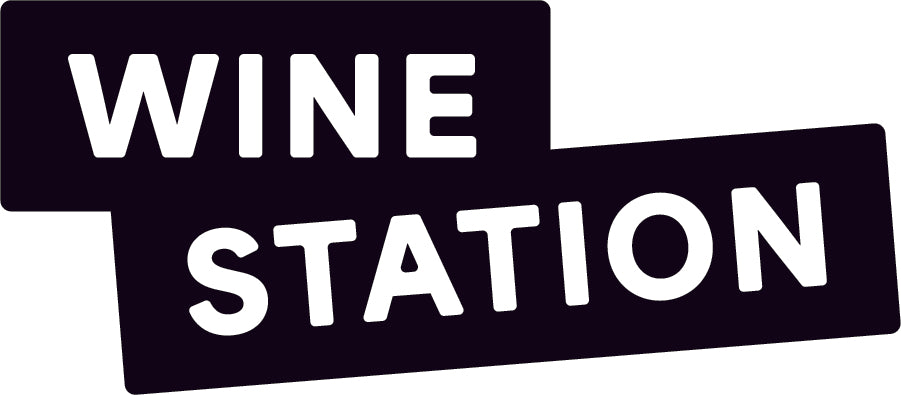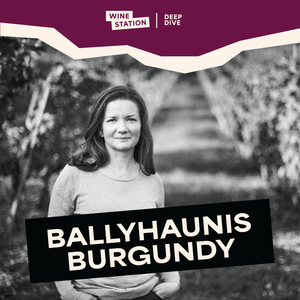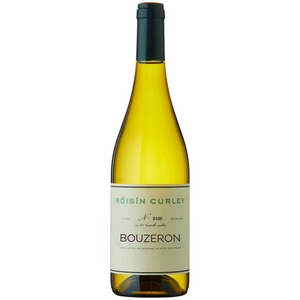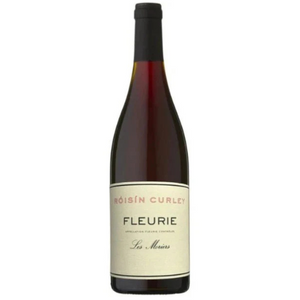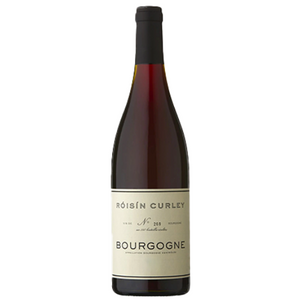Le Tour du Vin
The Tour De France was established to help L’Auto newspaper (precursor to L’Equipe) with its circulation in 1903. Since then it has become one of the most enigmatic and recognisable sporting events on the calendar, famed for high drama and passion.
Let's not lament the current state of performance enhancing culture in cycling. There is little benefit in litigating how much is going on. We should just hope that the powers that be continue to fight the good fight. We should hope we continue to hear (not literally to be honest!) Paul Kimmage try to expose misdeeds and help clean the sport. The truth is that there have always been performance enhancers used in the sport, it's just that the performance enhancer of choice just used to be more palatable....Wine!
Obviously wine was a crutch to help with bumps and bruises, as well as sore muscles after racing, but there was no shortage of wine drunk during the race, either brought by the rider or supplied by enthusiastic and generous spectators!
The Tour has regularly turned into a violent and deadly pursuit. In only its second year, cheating was so rife that it was not clear whether it would run for a third time. Nails have regularly been thrown onto the road. Cyclists have been punched in the kidneys while passing crowds. In 1950 Italian rider Gino Barteli was attacked by a lynch mob prompting the retiral of the Italian team and a full-on diplomatic episode. Cheating has been widespread and creative. People have jumped on trains, skipped routes, used tow ropes, taken bottles filled with mercury for extra weight and speed at the top of a large downhill run and even infested competitors’ underwear with itching powder. Alcohol was the original P.E.D. banned in the early 60’s, but before this ban was implemented there were several legendary instances.
The 1903 (inaugural) winner was Marcus Garin, an Italian born chimney sweep. Photos of Marcus all seem to show him with a cigarette hanging out of his mouth. Apart from stopping in bars and cafes for wine, Marcus swore by a heady mix of fresh oysters and a potent cocktail of Champagne and coffee to help keep the legs pumping.
In 1904 Henri Cornet captured the second ever tour and remains the youngest ever winner, being onlyone week away from his 20th birthday. Henri also counted Champagne as an essential piece of kit. As the tour progressed, the rate of consumption actually went downhill (or uphill depending on your point of view) as copius beer consumption was added to the mix. In 1935, beers breaks had gotten so out of control that towns were setting up tables covered in beer bottles. On stage 17 of that year a rider named Julien Moinreau elected to skip the beer break and moved from the middle of the peloton to the front, winning by over 15 minutes. This may sound like a pretty straight forward way to get one up on ones competitors, but considering that at this stage, cigarettes were believed by riders to be a (legal) performance enhancer (riders were of the opinion that cigarettes helped to open up the lungs and allow more air in), the beer breaks don't seem too far fetched!
Possibly one of the greatest pieces of imagery (mental only as I could not source a photograph) was the widely reported tour legend of a well heeled rider who had his butler set up a picnic at a pre-ordained stop on each stage where his electrolites consisted of vintage Champage, Montrachet and 1st Growth Bordeaux.
In 1950, Perignon to Nimes was beyond hot, recording temperatures of over 40 degrees. Algerian Abdelkader Zaaf went for an attack and torched the whole peloton, building up an almost incredible lead. As he settled into his stride out front, he accepted too many bottles (that may not have been water) from spectators. A devout Muslim, not used to alcohol, he began to zigzag, and decided he should dismount to gather himself. He fell asleep under a tree before being woken by spectators to be told the peloton was approaching. Disorietated, he jumped on his back and set off in the wrong direction, almost colliding with the oncoming pack. He dismounted again and was taken to hospital by concerned officials.
The other problem with the amount of alcohol being consumed was the belligerence it created amongst competitors as riders would literally attempt to shove one another off their bikes as they jostled for position within sight of the finish line.
It is now tradition to have a glass of Champers on the way in to Paris, and apparently is is not unusual for riders to have wine with dinner after a good stage!
We hope you enjoy this dozen from the comfort of your home or garden - it should be an absolute belter of a tour!
Rory
